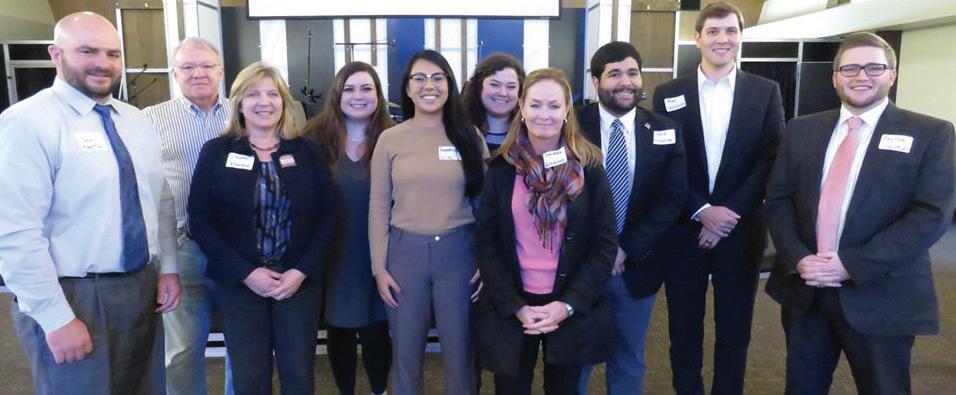NAVIGATING THE UNCHARTED COURSE OF THE ELECTRONIC APPEAL PILOT PROJECT
By Kyle E. Burton and Paul Charton
Burton
Charton
Kyle Burton and Paul Charton are Appellate Review Attorneys at the Arkansas Supreme Court.1 14
The Arkansas Lawyer
www.arkbar.com
I
f your latest journey through circuit court left your client bound to an unfavorable judgment, then you are probably considering whether an appeal is a viable escape plan. Until recently, there was only one route to an appeal. Even if you are comfortable taking that path, the time and expense of preparing the abstract and addendum probably figures into your viability analysis. Now you have another option. Much to the pleasant surprise of appellate practitioners, the Arkansas Supreme Court recently proposed what are probably the most significant changes in appellate practice since 1885—adoption of electronic appeal records and elimination of the abstract and addendum.2 The proposed changes are currently undergoing testing as an optional “pilot project.” The authors hope the pilot project demonstrates efficiencies not only for litigants, but for the appellate courts as well. It is obvious that relieving lawyers and their clients of the onerous burden of converting trial transcripts to first-person narrative form and copying voluminous portions of appeal records will save them time and money. Less obvious is whether the change will be efficient for the appellate judges. Certainly, one could imagine that the success of the project, from an appellate judge’s perspective, may be whether the new system leads the court to relevant portions of the record in a manner that is at least as efficient, if not more so, than the abstract and addendum regime. That is one goal of the pilot-project’s rules and why practitioners’ careful attention to them is vital to the success of the project. So, for now, you have an option. You can choose the familiar, but more expensive, paper route, or you can navigate the new, yet relatively uncharted pilot-project course that will hopefully save you and your clients some time and expense. The authors hope you choose the latter; therefore, we offer to guide the voyage. Together, perhaps we can help send the archaic abstract and addendum the way of the astrolabe.3 Let’s begin.4 I. The Gateway to the Pilot Project—The Electronic Appeal Record From our launching point at the unfavorable judgment, we set our sights on the gateway to the pilot project—the filing of an electronic appeal record. As the Supreme Court discussed, document digitization makes palatable the abandonment of the abstract and addendum.5 That is because, unlike with a single paper record, the judges and their staff can simultaneously work from electronic files, thus eliminating the need to reproduce the relevant portions of the record in the abstract and addendum for each judge’s use.6 As such, filing an electronic record is a prerequisite to participation in the pilot project.7

















